Greetings,
Dear friends, I hope you are all very well I come back to these spaces to share a little about the architecture that lies in my city La Victoria.
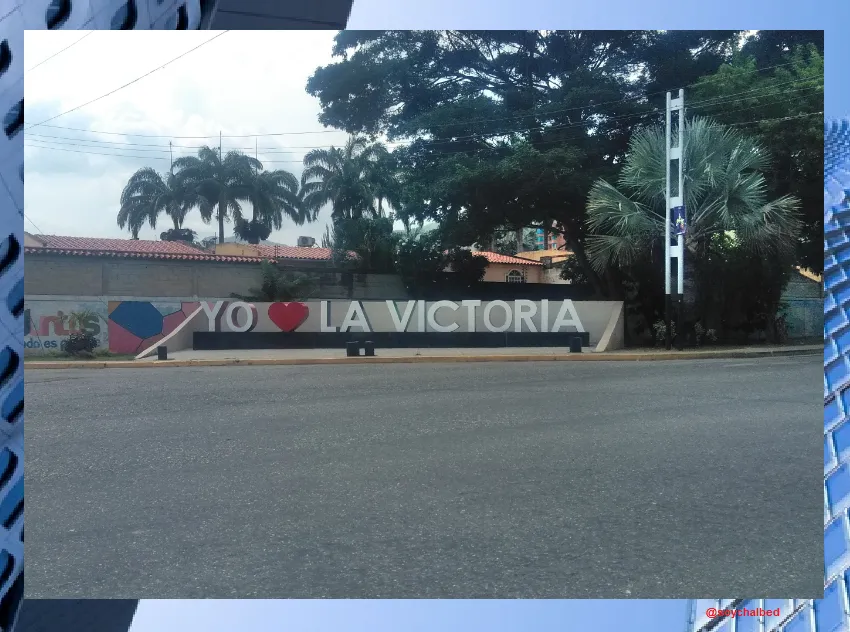
La Victoria is a city in the State of Aragua in Venezuela, is located about 85 km from Caracas the capital of the country, is surrounded by mountains, which makes its climate is cool, in rainy season these are very present, was founded in the ** the year 1620** by Lieutenant General Pedro J. Gutiérrez de Lugo, in the year 1794 was instituted in VILLA by royal decree of Carlos IV, in the year 1812 was the provisional capital of the REPUBLIC and for the year 1814 was decreed City by orders of the Liberator Simón Bolívar.
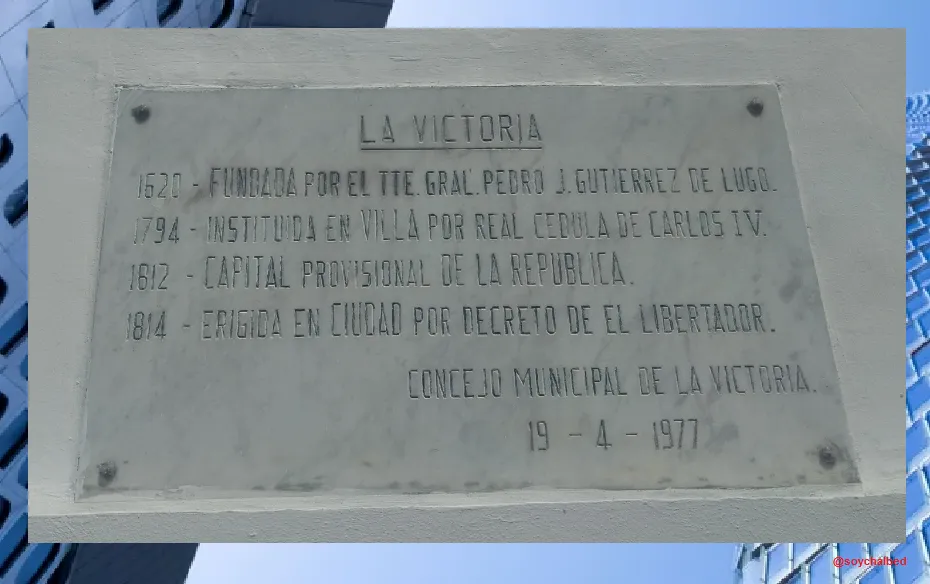
For being located on the route between the capital of the country Caracas and the province of Valencia, was the protagonist of the history of independence of the nation and on February 12, 1814, took place the battle of youth, where General José Félix Ribas armed an army with pure students and defeated the army of Boves giving it the fame of the Battle of Youth and was recorded as The Heroic City or City of Youth.
It is a city that housed many heroes and influential people of those times, which gave it a major architectural development, it is a city with many accesses and routes.
The architectural designs of the city and the country, in general, are influenced by the European style and more than all the French style of its squares, as was the fashion at the time of that development, for lack of sense of belonging of some rulers have modified their designs thus losing part of the original style where copper and bronze reigned in the decorations.
Its Cathedral known as ** La Iglesia Nuestra Señora de la Guadalupe** and which is colloquially called La Iglesia Matriz a very imposing architectural work built with adobe bricks (mud with mount) reinforced with wood and cane rods bitter, the facade of this if it represents its originality, but a by-product of an earthquake its bell tower collapsed and was rebuilt years later by another architect and with different trends which you can see in the images.
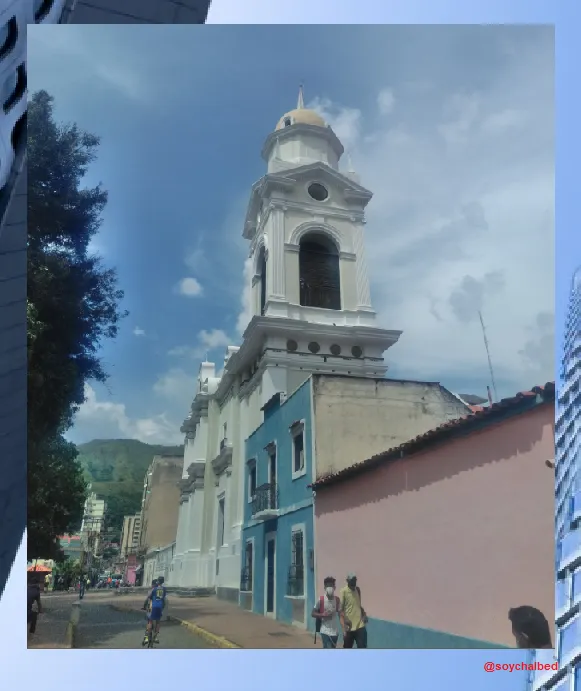
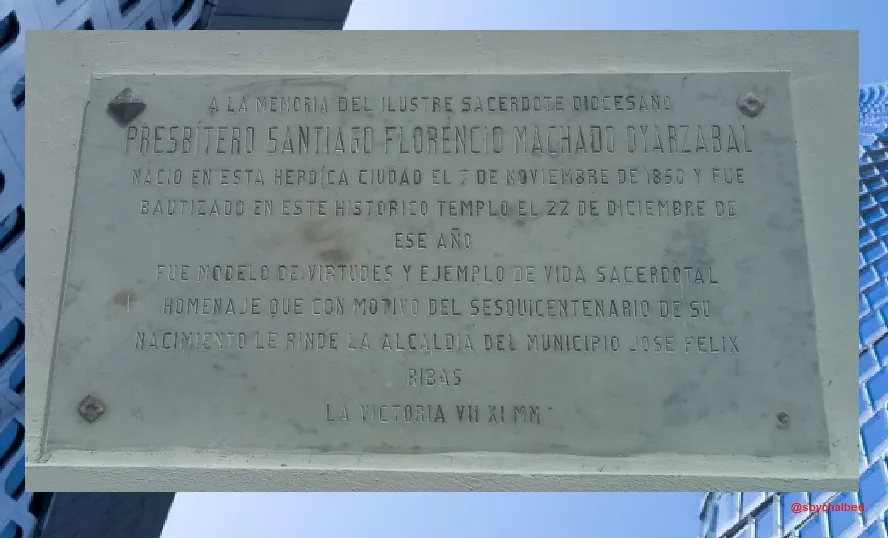
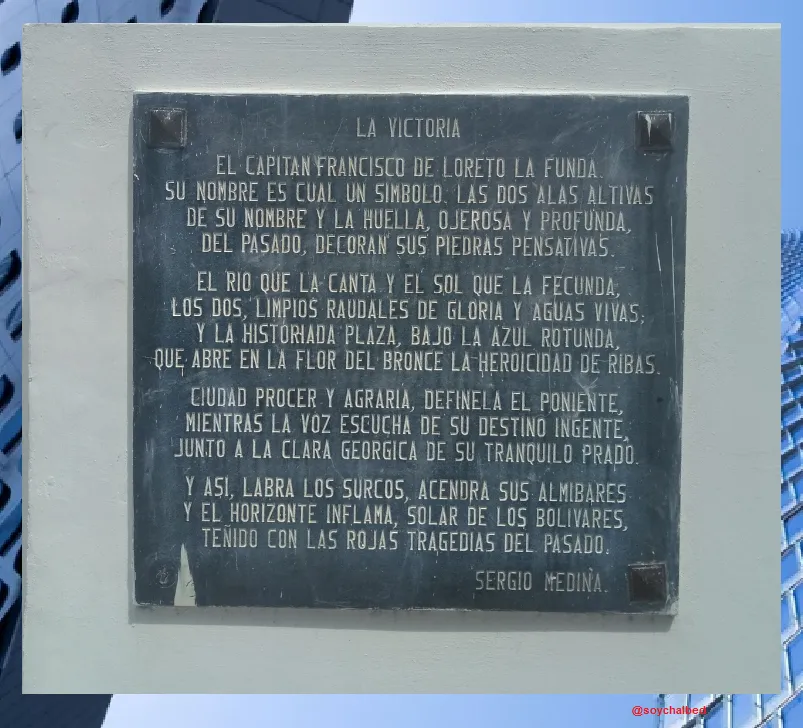
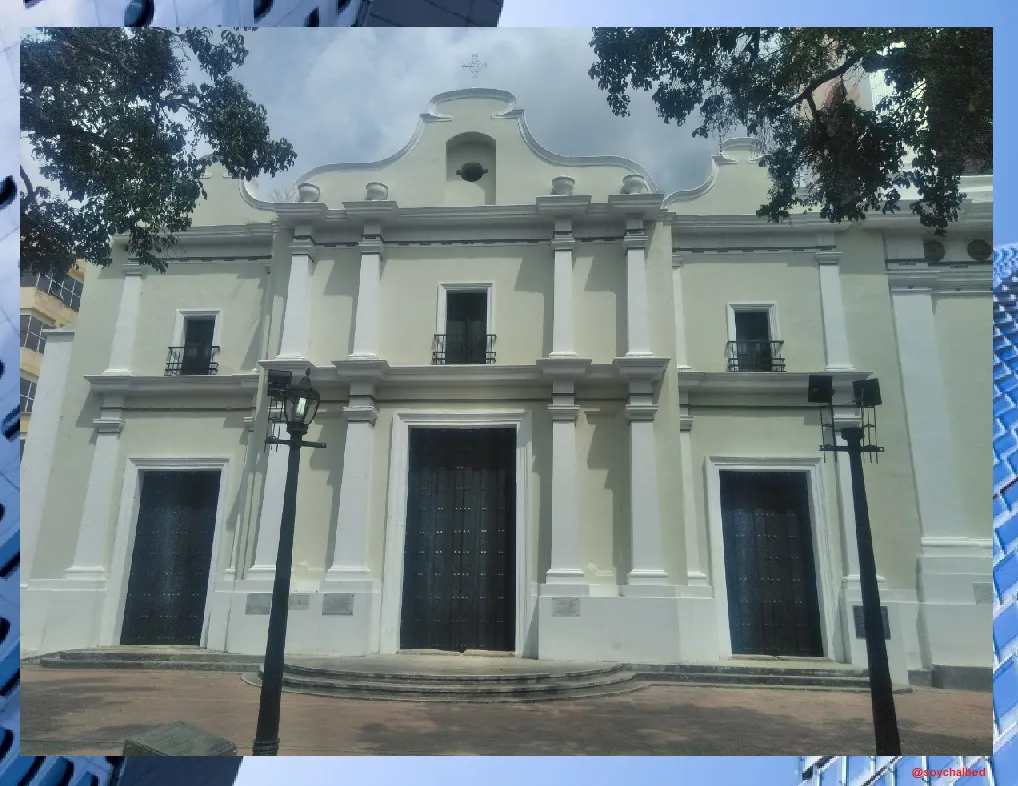
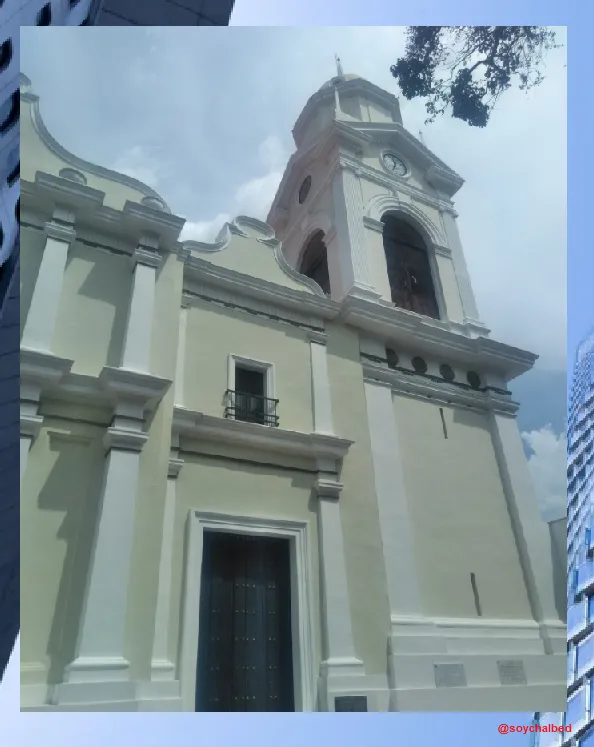
This city is well oriented under the direction of the Catholic Church where you can appreciate several schools and home buildings under the tutelage of nuns and priests.
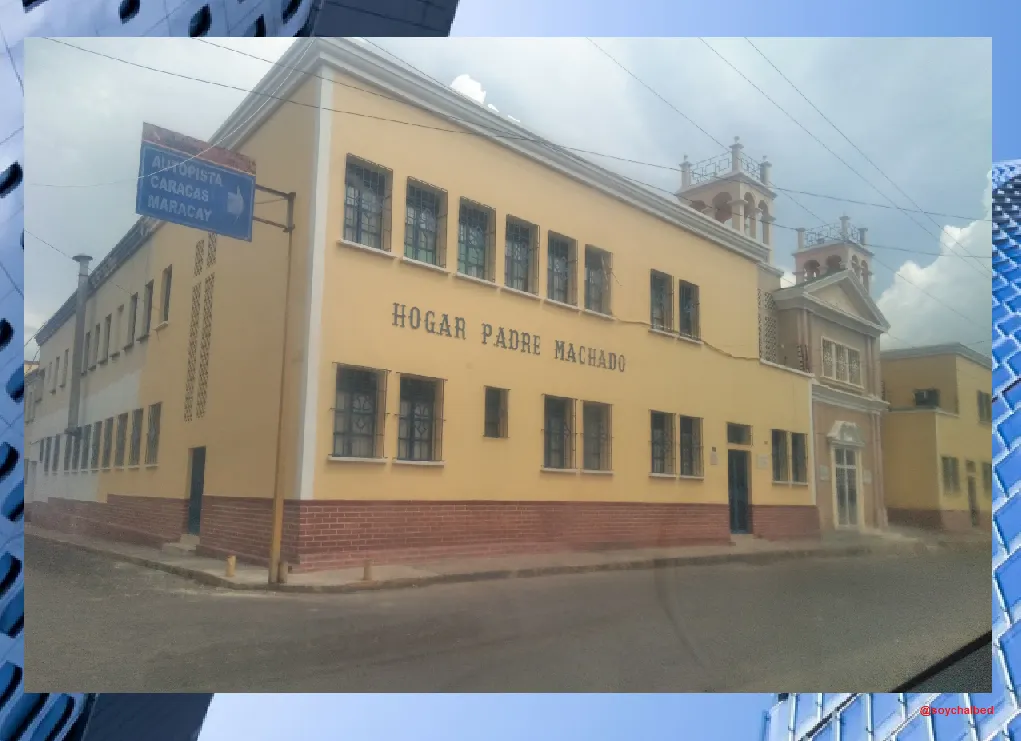
**The Ribas Square is a flat and open space but with many trees that give us shade at his feet, with many seats to rest and sit and talk in it, in its epicenter lies a sculpture of General José Félix Ribas, As a curious fact this sculpture was manufactured and imported from Europe and when it arrived at the city to be installed they noticed that the name of José Félix Ribas was misspelled and the "L" was missing, but it was more expensive to resend the statue to correct the mistake than to make a new one and they decided to install the same.
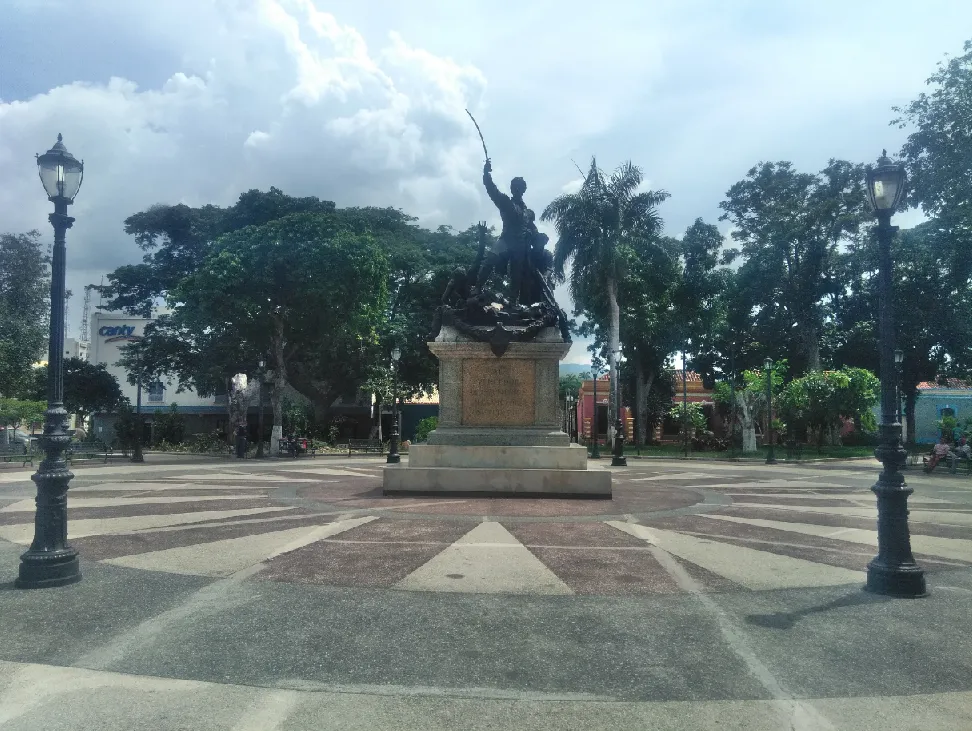
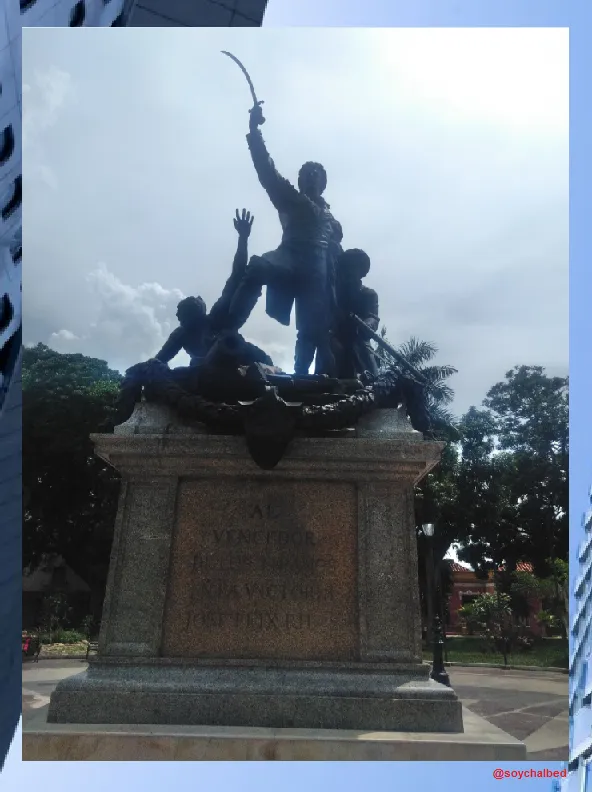
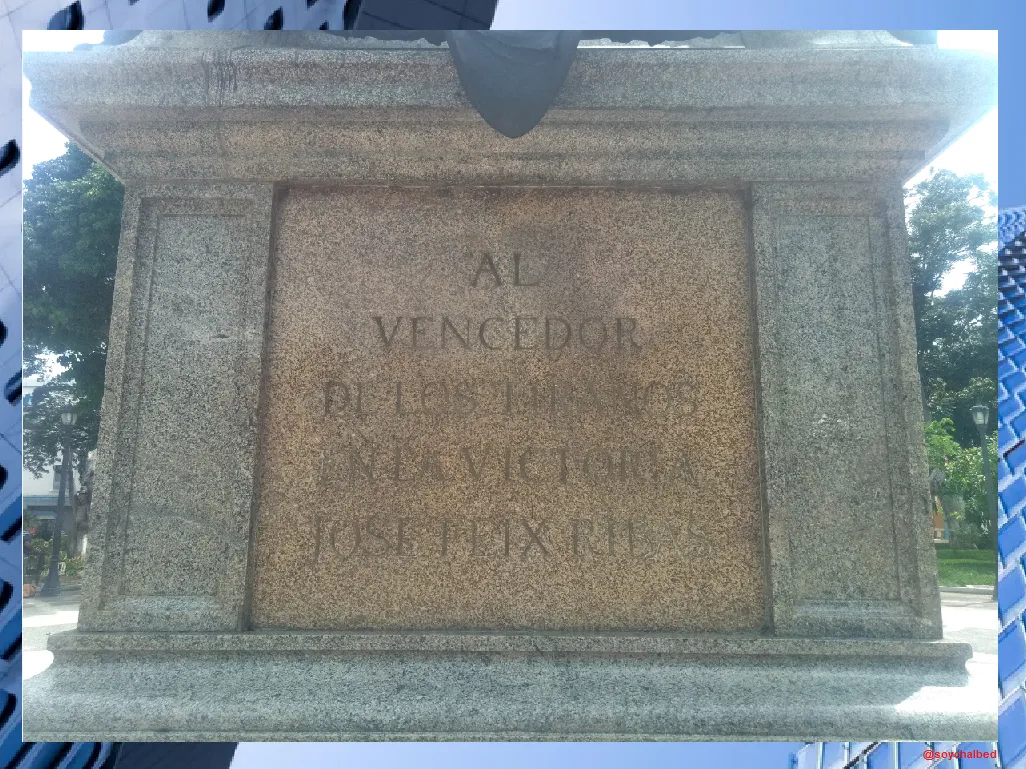
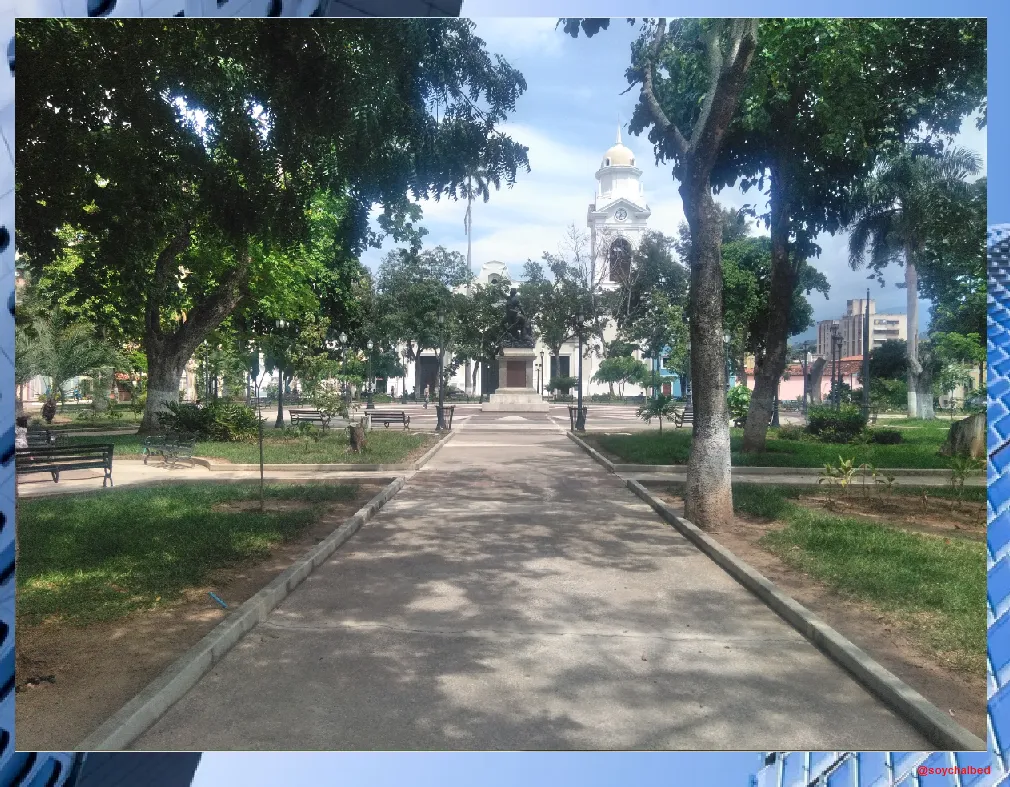
The square is bordered by what today is called the historic center, on the left side we find the cathedral, on the right side we find the facade of what was the Teatro Ribas which years later became the Cine Ribas and now only the facade is protected for future reconstruction, north of the square we find La Casa de la Cultura and the famous Casa Amarilla were some years ago worked the virtual library.
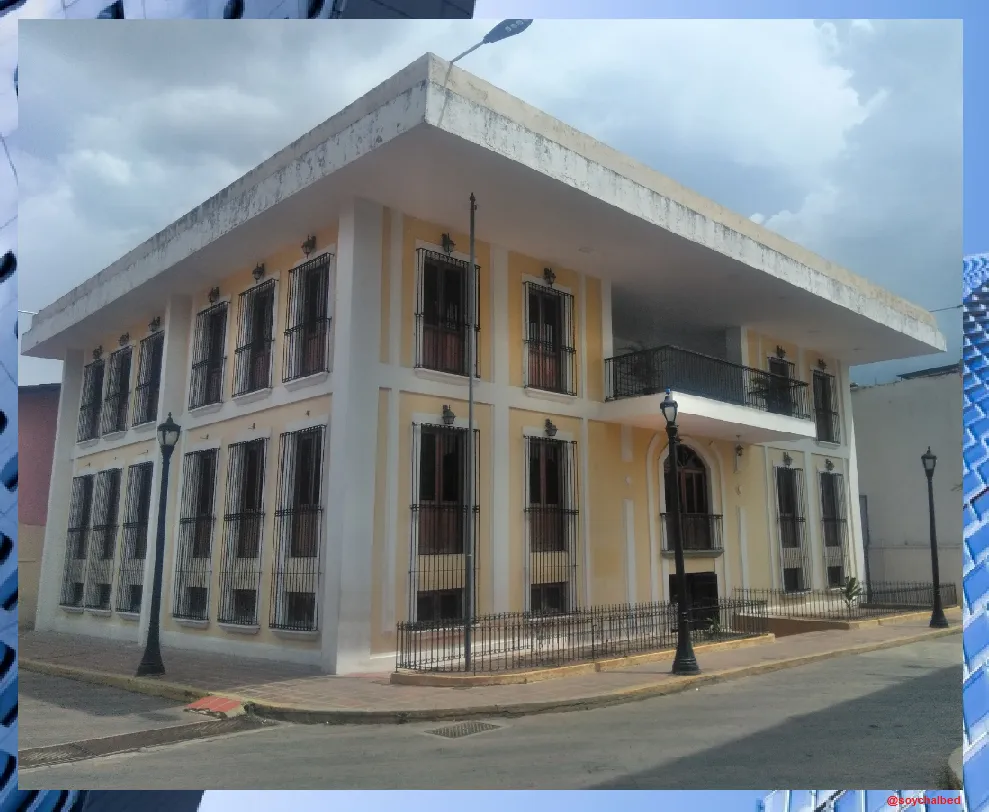
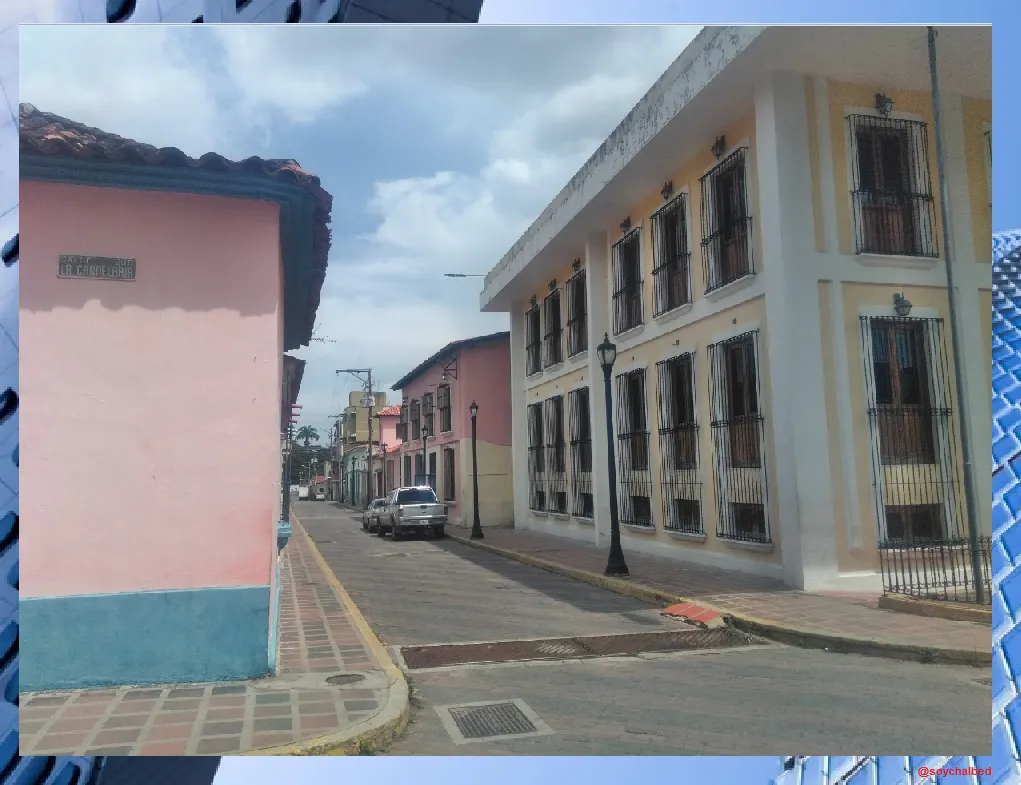
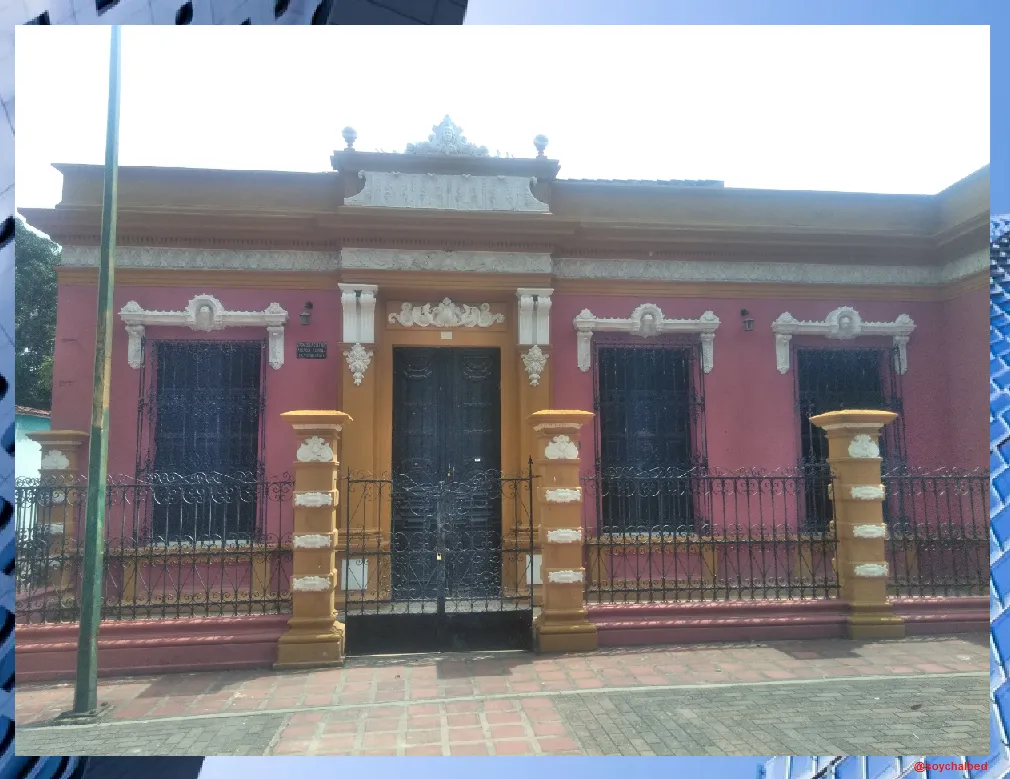
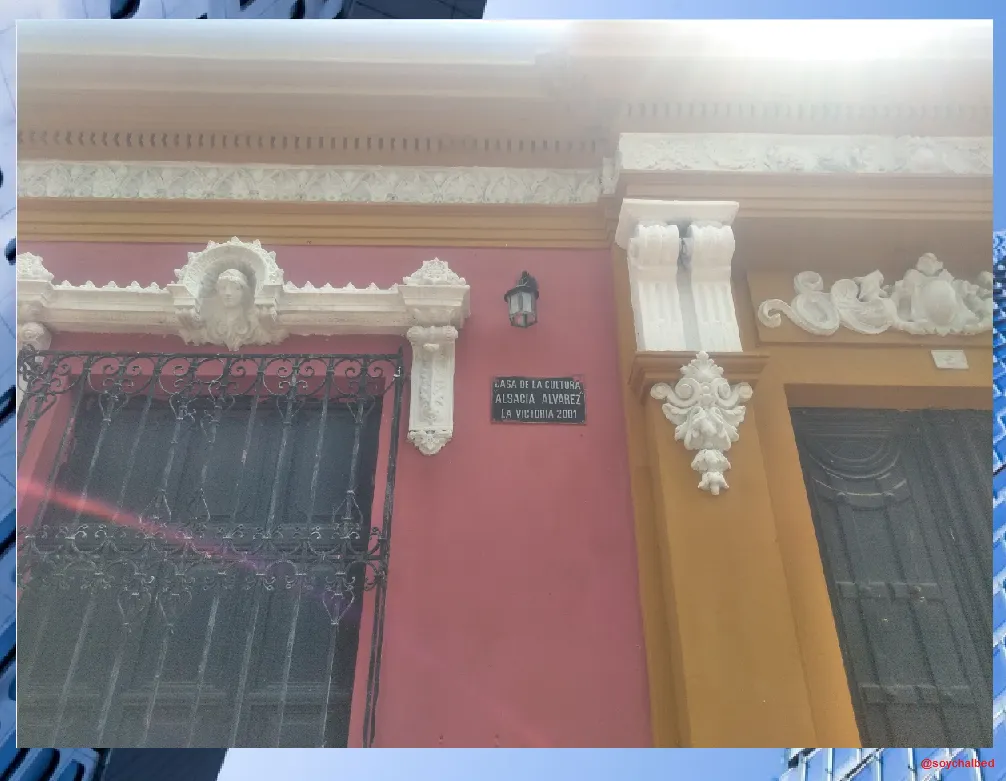

All these buildings already mentioned are surrounded by some stores that by municipal rule must safeguard the style of architecture, passing to the square is like a trip to the past where you can enjoy and appreciate what was the Victoria of yesteryear, these spaces have been very helpful in the execution of novels and films.

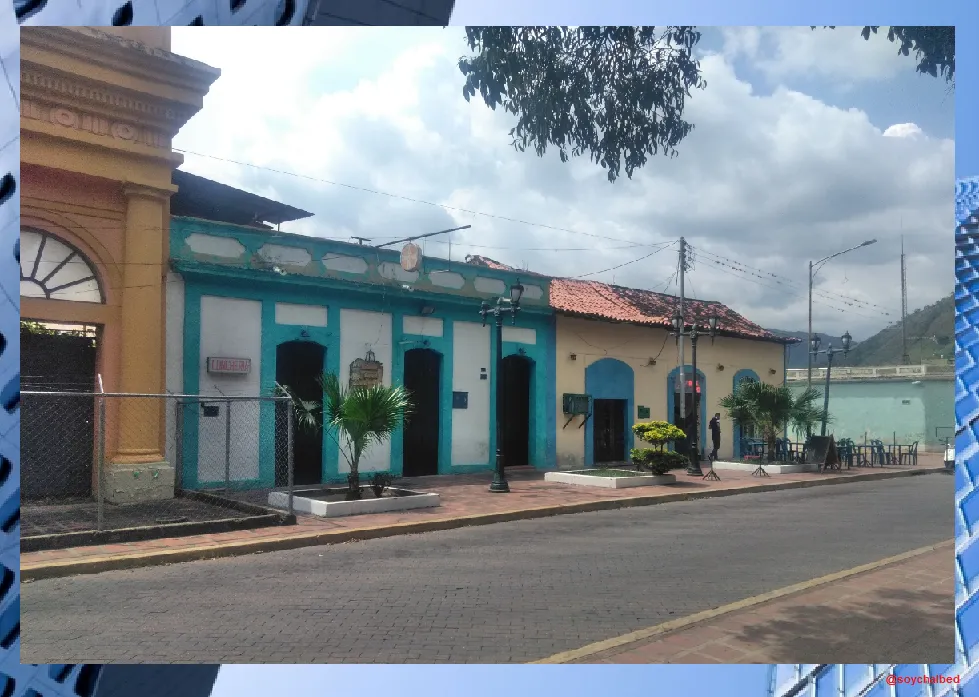
About three hundred meters south of the square we find an imposing architectural work that is El Cuartel Montilla, this building is a military fort that because of its location on a hill should be able to appreciate much of the city and its accesses, but for political reasons of the country it was almost impossible for me to photograph in fact I had been forbidden only that I was daring and in my retreat from the place I managed to take these images very fast.
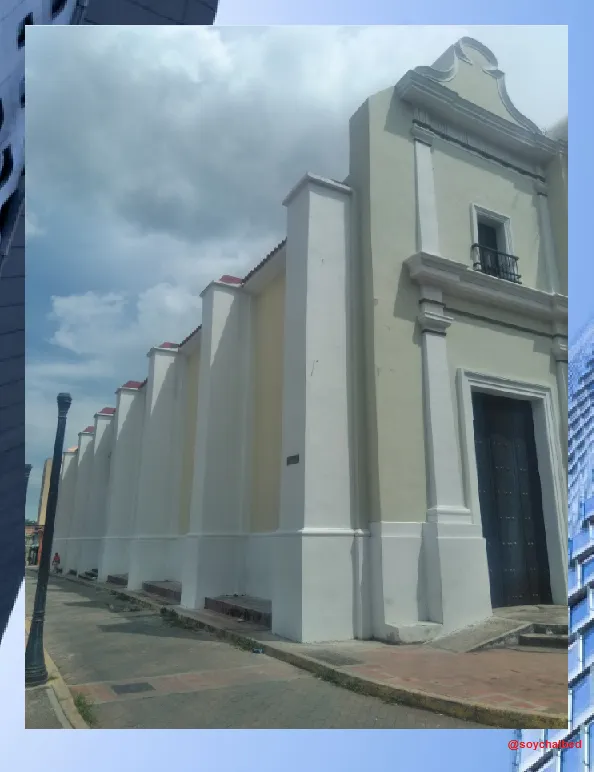
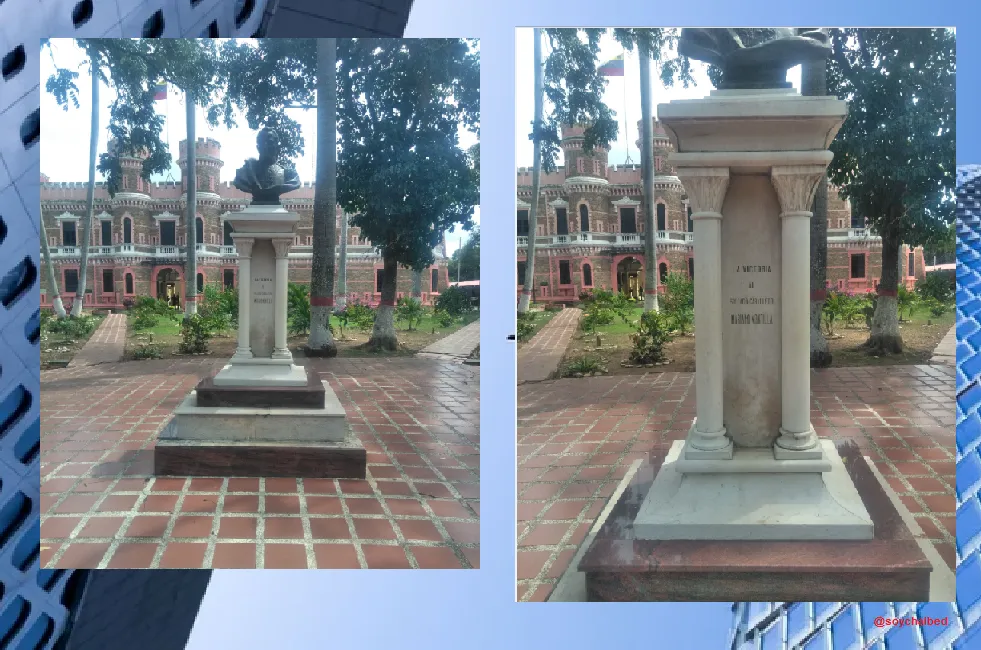
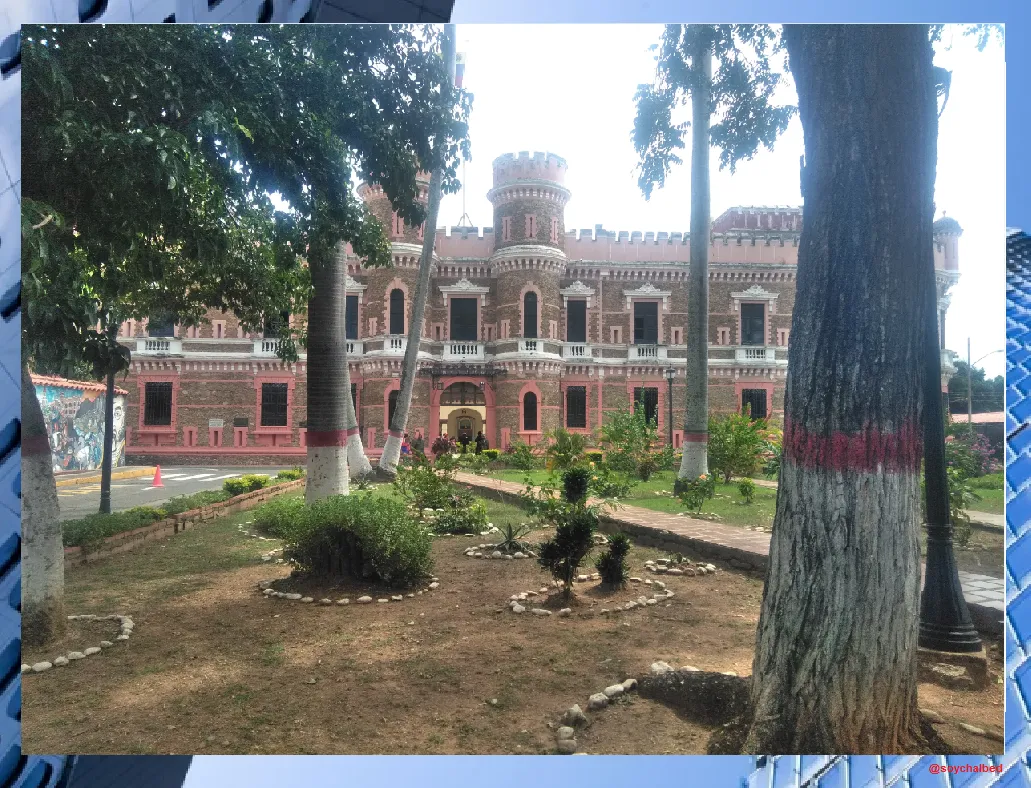
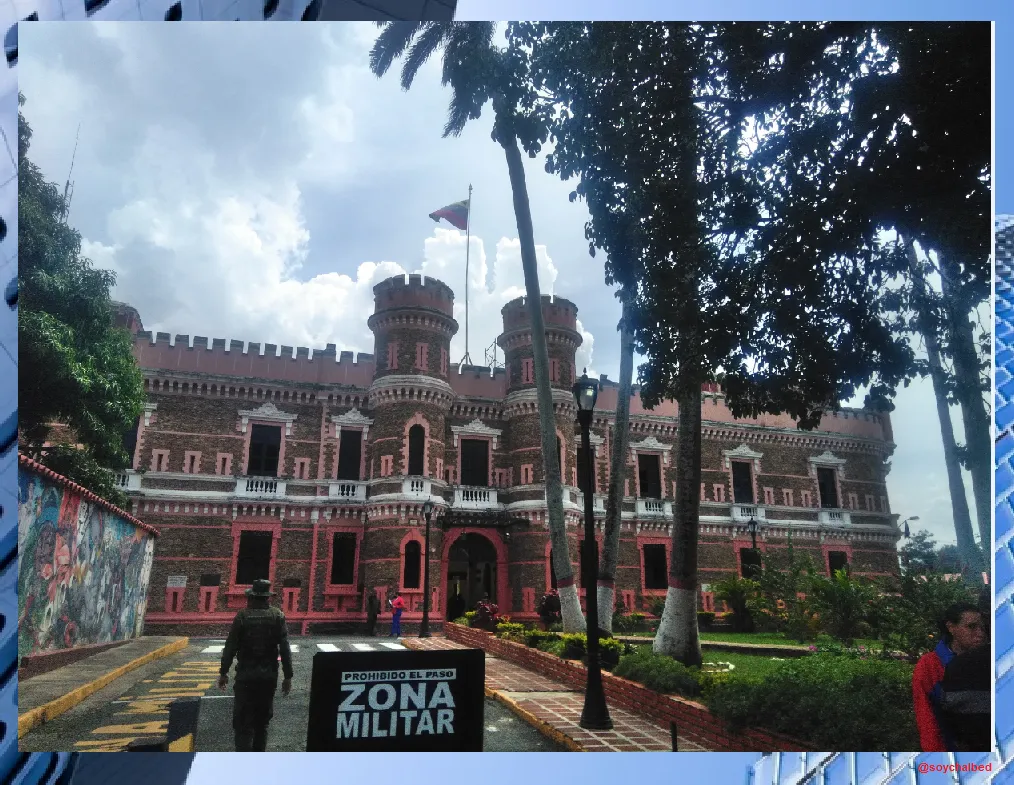
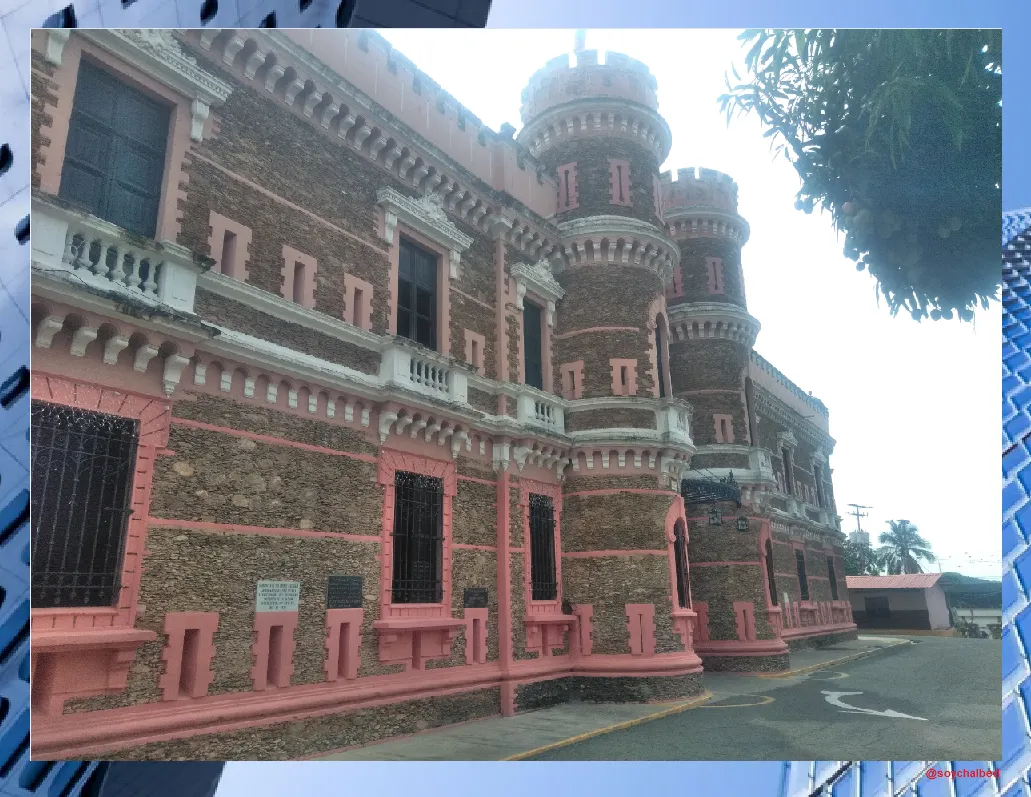
According to the historians of the city these main buildings have a network of tunnels that served as a refuge and escape in times of independence wars, I also missed to photograph and show much of the city where there are buildings of the time but that was not in the area of the historic center as such that was who I focus on.
Leaving the area of the central area we have the ruins of what was La Maestranza de la Victoria which is known as La Plaza de Toros, this like the theater has been in disuse for many years and awaiting a speedy recovery.
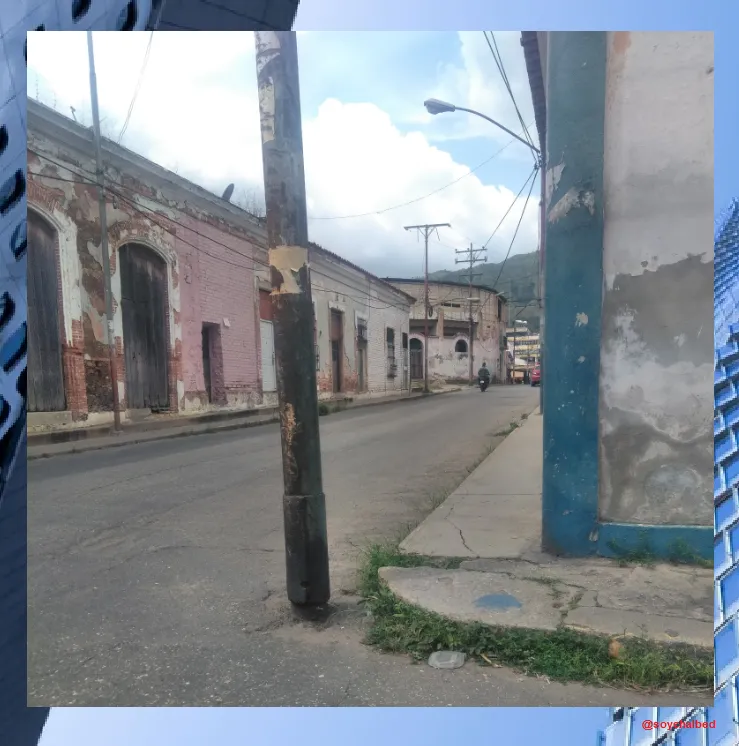
The center of the city is covered by commercial premises around its streets but these without any design that represents a good image for the city, later I plan to talk about the urban areas according to the classes and also to show you the commercial centers that the city has according to their years of manufacture.
I would also like to get the necessary permits to detail each of the buildings that I show you with more detailed information, where I can give you information about the architects involved in their designs, constructions, and even the trends in architecture of the time and under the whim of who was commissioned to design and build them.
I hope my delivery is to your liking and you can enjoy part of the beauty of the city where I live La Victoria.

Saludos,
Queridos amigos espero todos estén muy bien vengo de nuevo por estos espacios a compartir un poco sobre la arquitectura que yace en mi ciudad La Victoria.

La Victoria es una ciudad del Estado Aragua en Venezuela, está ubicada a unos 85 km de Caracas la capital del país, se encuentra rodeada de montañas, lo que hace que su clima sea fresco, en temporada de lluvias estas están muy presentes, fue fundada en el año 1620 por el Teniente General Pedro J. Gutiérrez de Lugo, en el año 1794 fue instituida en VILLA por real cedula de Carlos IV, en el año de 1812 fue Capital provisional de la REPUBLICA y para el año de 1814 fue decretada Ciudad por ordenes del Libertador Simón Bolívar.

Por estar ubicada en la ruta entre la capital de país Caracas y la provincia de Valencia, fue protagonista de la historia de independencia de la nación y el 12 de Febrero de 1814 se llevo a cabo la batalla de la juventud, donde el General José Félix Ribas armo un ejército con puros estudiantes y derroto al ejercito de Boves dándole la fama de la Batalla de la Juventud y quedo plasmada como La Ciudad Heroica o Ciudad de la Juventud.
Es una ciudad que albergo muchos próceres y personas influyente de esas épocas, lo que le otorgo un desarrollo arquitectónico de envergadura, es una ciudad con muchos accesos y rutas.
Los diseños arquitectónicos de la ciudad y del país en general están influenciados por el estilo europeo y más que todo el estilo francés de sus plazas, según fue la moda en la época de ese desarrollo, por falta de sentido de pertenencia de algunos gobernante han modificado su diseños perdiendo así parte del estilo original donde el cobre y el bronce reinaban en las decoraciones.
Su Catedral conocida como ** La Iglesia Nuestra Señora de la Guadalupe** y a la que coloquialmente se le llama La Iglesia Matriz una obra arquitectónica muy imponente construida con ladrillos de adobe (barro con monte) reforzados con madera y varas de caña amarga, la fachada de esta si representa su originalidad, pero por producto de un terremoto su campanario se desplomo y fue reconstruido años más tarde por otro arquitecto y con tendencias diferentes cosa que podrán apreciar en las imágenes.





Esta ciudad esta bien orientada bajo la dirección de la Iglesia católica donde se pueden apreciar varias construcciones de escuelas y casa de hogar bajo la tutela de monjas y sacerdotes.

La plaza Ribas un espacio plano y abierto pero con muchos árboles que nos regalan sombra a sus pies, con muchos asientos para descansar y sentarse a conversar en ella, en su epicentro yace una escultura del General José Félix Ribas, como dato curioso esta escultura fue fabricada e importada desde Europa y cuando llego a la ciudad para ser instalada notaron que el nombre de José Félix Ribas estaba mal escrito y le falto la “L”, pero resultaba más costoso reenviar la estatua a corregir el error que hacer una nueva y decidieron instalar esas misma.




La plaza esta bordeada por lo que hoy se le llama el casco histórico, en su lado izquierdo encontramos la catedral, en el lado derecho encontramos la fachada de lo que fue el Teatro Ribas que años más tarde se convirtió en el Cine Ribas y que ahora solo se resguarda la fachada para alguna futura reconstrucción, al norte de la plaza encontramos La Casa de la Cultura y la famosa Casa Amarilla donde hace algunos años funcionaba la biblioteca virtual.
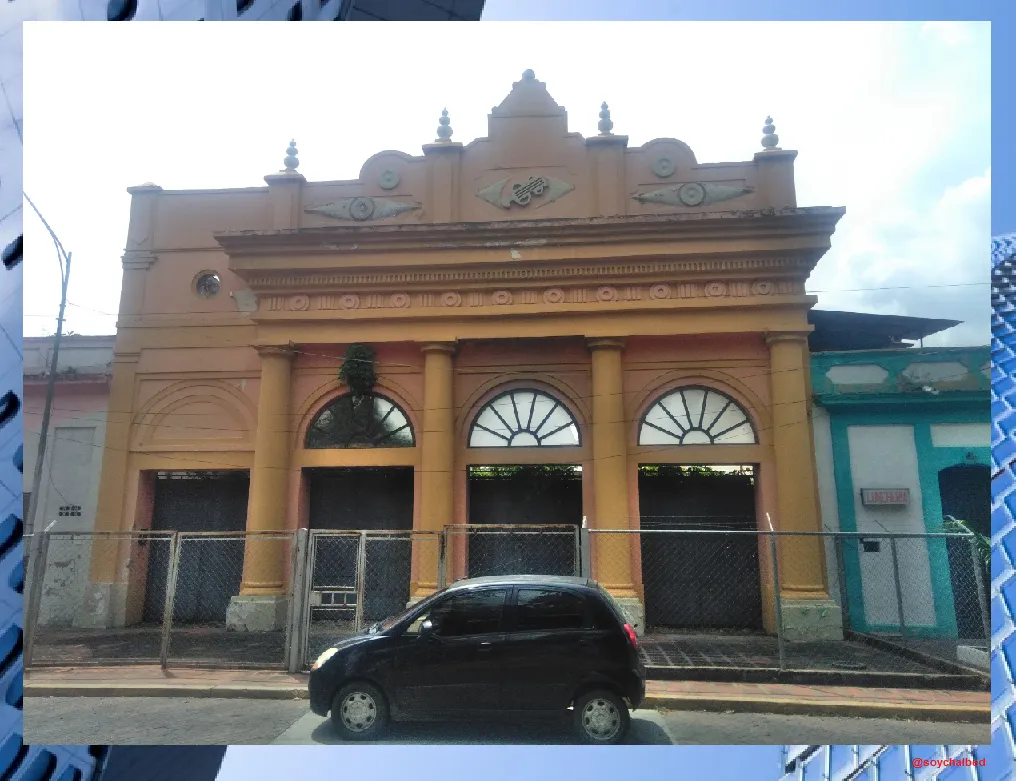





Todos estos edificios ya mencionados están rodeados de algunos comercios que por norma municipal deben resguardar el estilo de la arquitectura, el pasar a la plaza es como un viaje al pasado donde puedes disfrutar y apreciar de lo que fue la Victoria de antaño, estos espacios han sido de mucha ayuda en la ejecución de novelas y películas.


Unos trescientos metros al sur de la plaza nos encontramos con una imponente obra arquitectónica que es El Cuartel Montilla, este edificio es un fuerte militar que por su ubicación en una loma se debe poder apreciar gran parte de la ciudad y sus accesos, pero que por cuestiones de política del país casi se me fue imposible fotografiar de hecho me lo habían prohibido solo que fui osado y en mi retiro del lugar logre sacar esas imágenes muy rápido.





Según narran los historiadores de la ciudad estas edificaciones principales cuentan con una red de túneles que servían de refugio y escape en las épocas de las guerras independentistas, también me falto fotografiar y mostrar gran parte de la ciudad donde se encuentran edificaciones de la época pero que no estaban en el área del casco histórico como tal que fue en quien me enfoque.
Ya saliendo del área del casco central tenemos las ruinas de lo que fue La Maestranza de la Victoria la que se conoce como La Plaza de Toros, esta al igual que el teatro lleva muchos años en desuso y a la espera de una pronta recuperación.

El centro de la ciudad está cubierto por locales comerciales alrededor de sus calles pero estos sin ningún diseño que represente una buena imagen para la ciudad, mas adelante planeo hablar sobre las áreas urbanas según las clases y también mostrarles los centros comerciales que tiene la ciudad según sus años de fabricación.
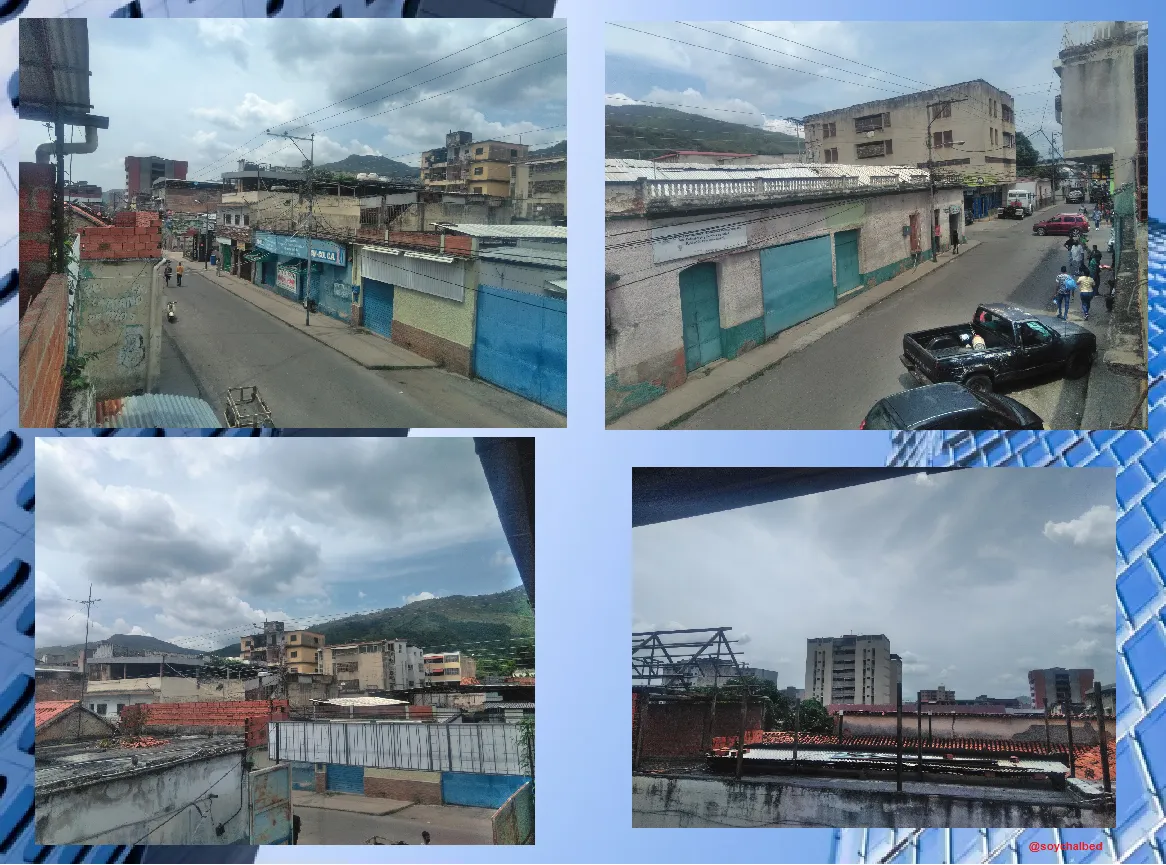
También me gustaría conseguir los permisos necesarios para detallar cada uno de los edificios que les muestro con una información más detallada, donde les pueda dar información de los arquitectos involucrados en sus diseños, construcciones y hasta las tendencias en arquitectura de la época y bajo el capricho de quien se mandaron a diseñar y construir.
